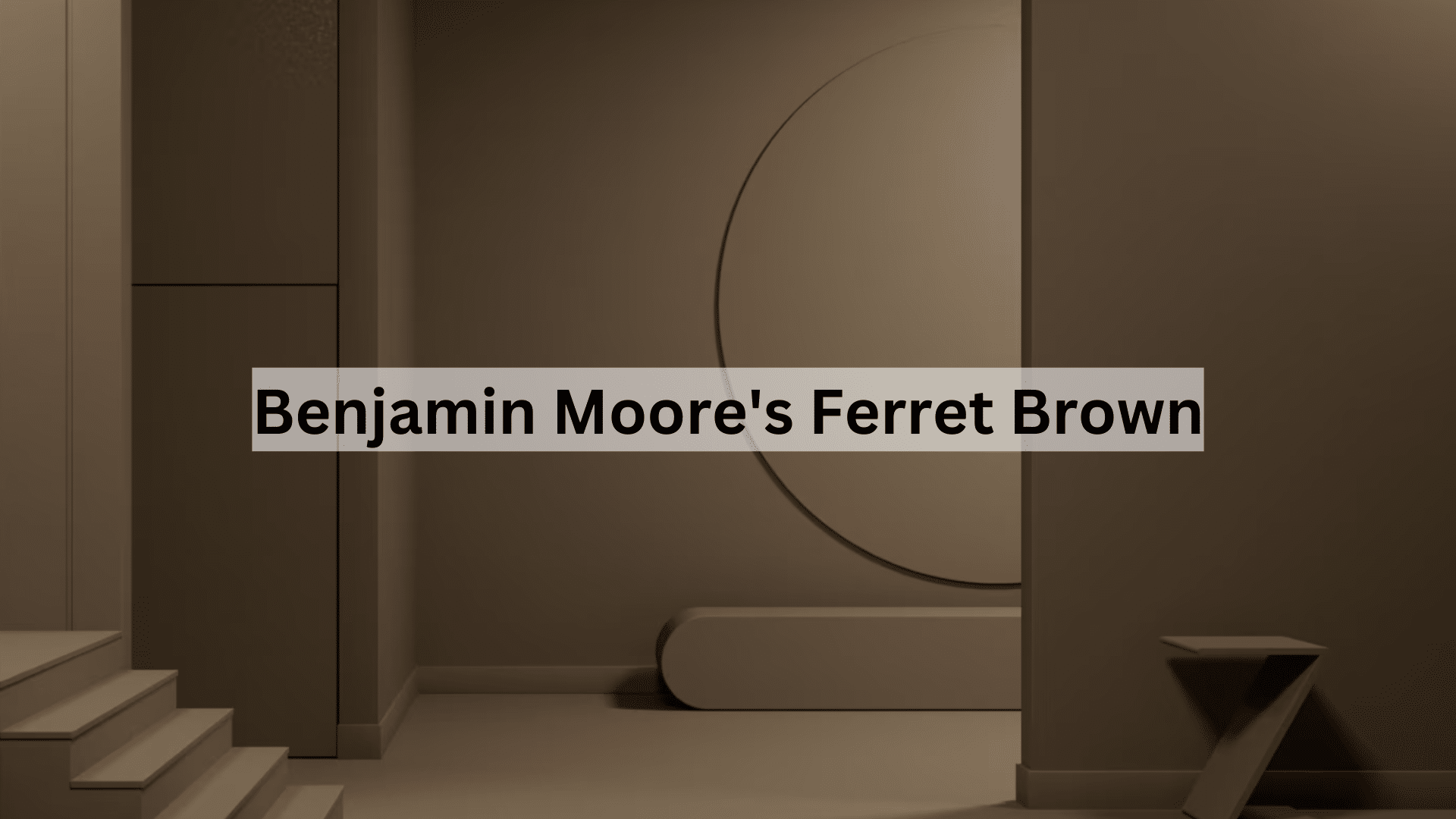I’ve been testing Ferret Brown paint in my home for the past six months. Now, I want to share everything I’ve learned about this beautiful shade.
In this article, you’ll learn:
- What Ferret Brown actually looks like in real homes
- Which rooms work best with this color
- Colors that pair perfectly with it
- How to test it properly before buying
I’ve used this paint in both north—and south-facing rooms and watched how it changes from dawn to dusk. I’ve made the mistakes so you don’t have to.
My walls have been Ferret Brown for over half a year now. I know how it holds up and how it feels to live with it every day. Let’s see if this warm neutral is right for your home.
What Kind of Color Is Ferret Brown?
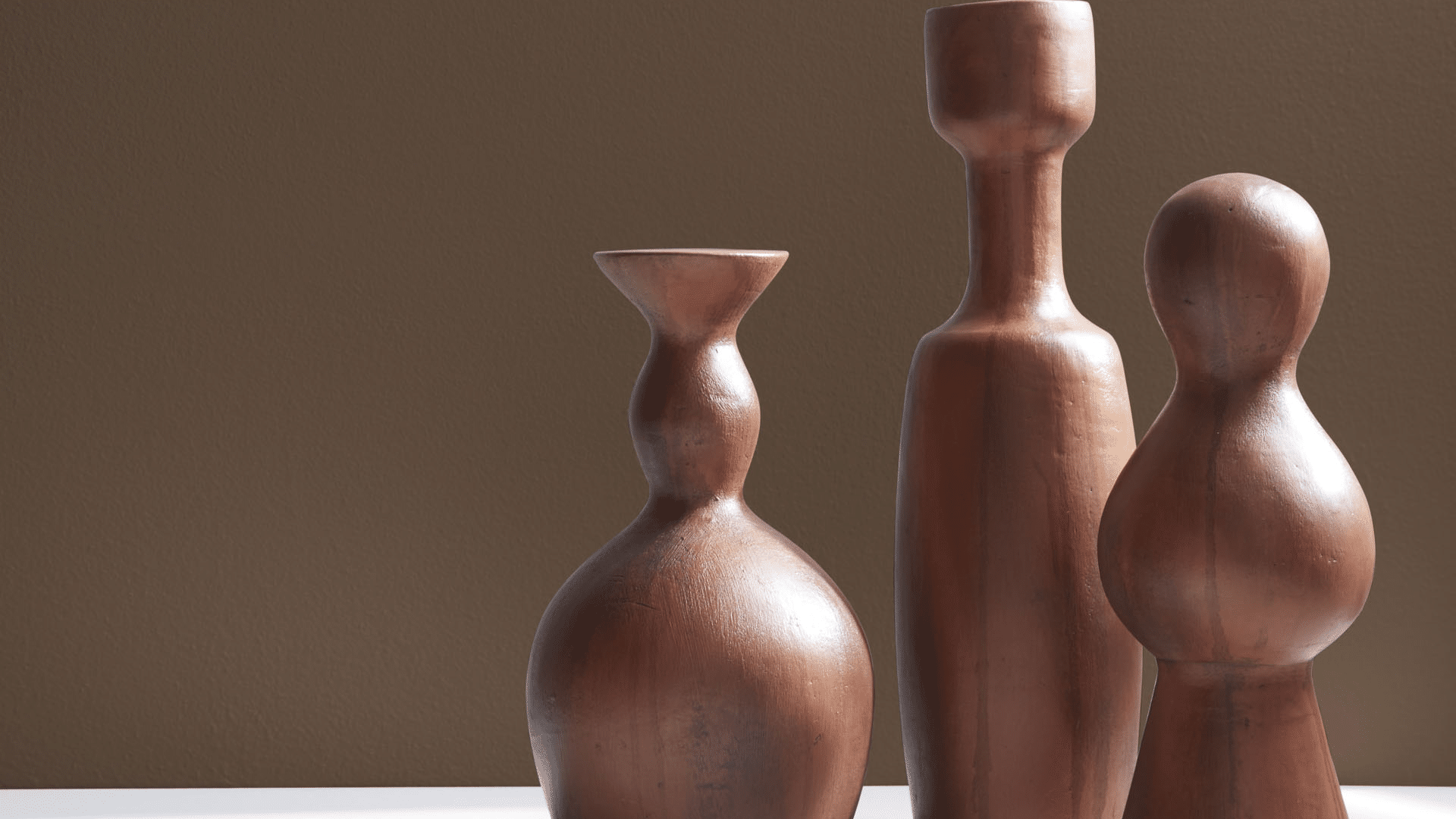
Ferret Brown (2108-10) is a soft, warm brown with subtle gray undertones. It’s a gentle color that adds a cozy, welcoming feeling without being too dark or intense. I think of it as the color of a ferret’s coat with just a hint of warmth.
I’ve noticed it shifts throughout the day. In morning light, the warm aspects become clearer and more noticeable. By afternoon, it takes on a more neutral quality that feels balanced and soothing.
The color has an LRV (Light Reflectance Value) of 8.75, placing it in the medium range. This means it absorbs some light while still keeping spaces feeling open. The warm nature of Ferret Brown makes it excellent for creating rooms that feel both grounded and comfortable.
What makes Ferret Brown stand out is how it adapts to its surroundings. In some spaces, it appears more taupe, while in others, the gray aspects become more noticeable. This flexibility helps it work well in many settings and with various home styles.
What Rooms Work Best with Ferret Brown?
Ferret Brown, with its warm, earthy tones, can create cozy and inviting spaces throughout your home. This versatile neutral works beautifully in several rooms, each offering a different ambiance and aesthetic appeal.
Living Rooms
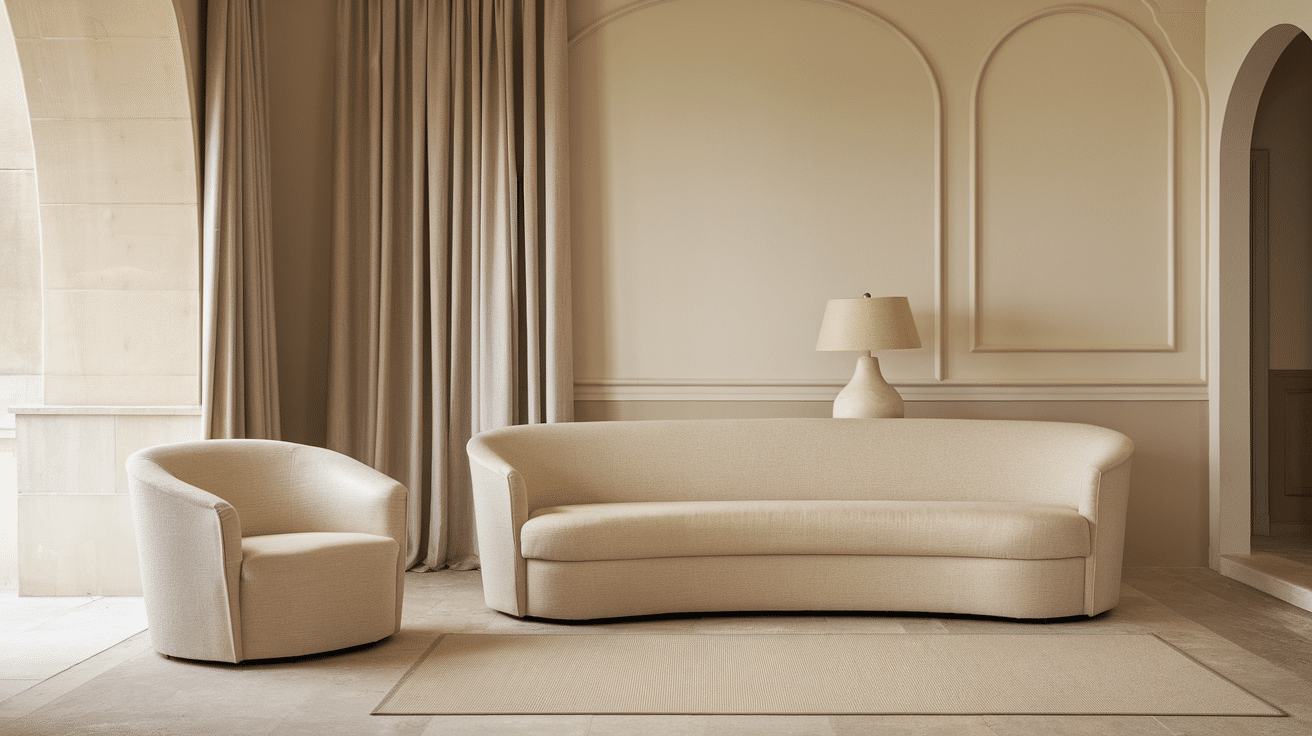
This color makes living areas feel warm and welcoming without being too dark. It creates a soft background that allows furniture and art to stand out. In my living room, Ferret Brown walls make the space feel cozy while highlighting my cream sofa and light wooden accent pieces.
The color works especially well in both large and medium living spaces. In larger rooms, it helps create a sense of warmth and connection. In medium rooms, it adds a comforting effect without feeling too dark when paired with the right accessories.
Bedrooms
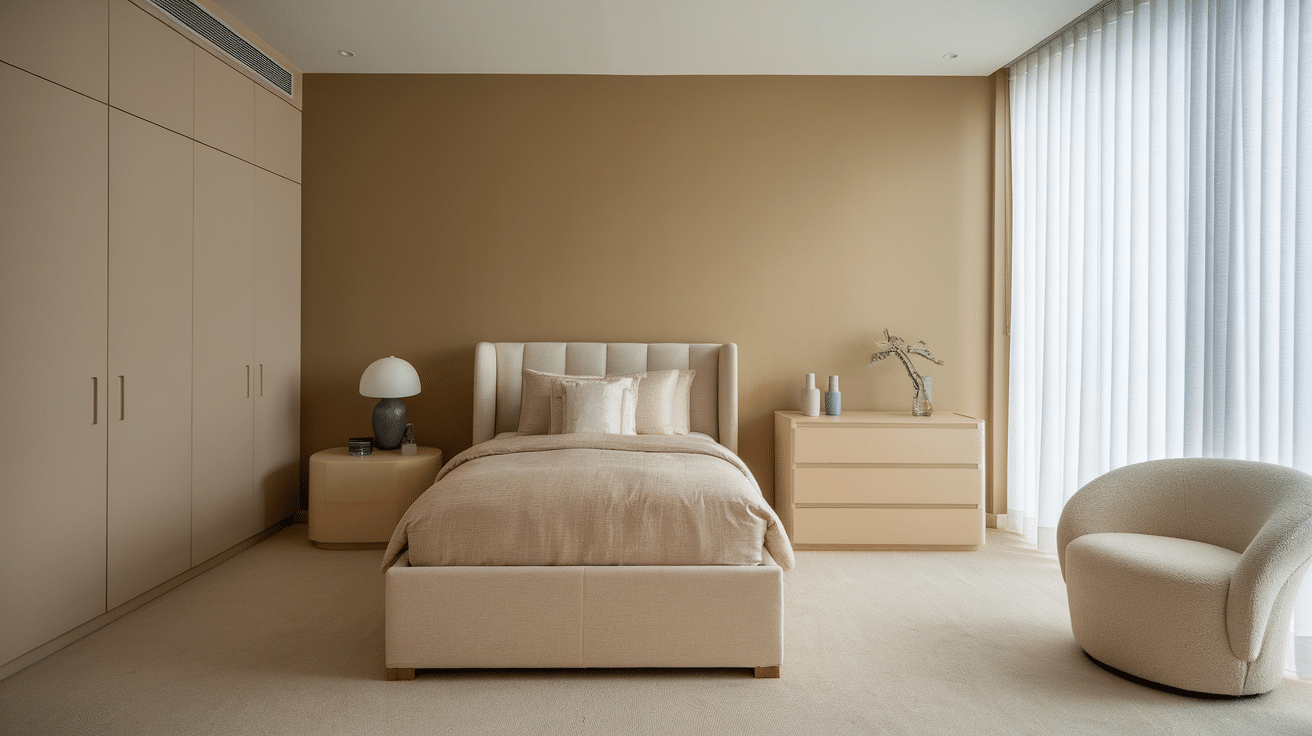
The warm brown tones make bedrooms feel cozy and relaxing. This color creates a peaceful background that helps with comfort and sleep. In my guest bedroom, I paired Ferret Brown with white bedding and light wood tones for a retreat that feels both warm and balanced.
The color also tends to make bedrooms feel more intimate and restful. The subtle gray undertones create a sense of warmth that many people find helpful for sleep environments. Since painting my bedroom this shade, I’ve found that it feels more organized and peaceful.
Dining Rooms
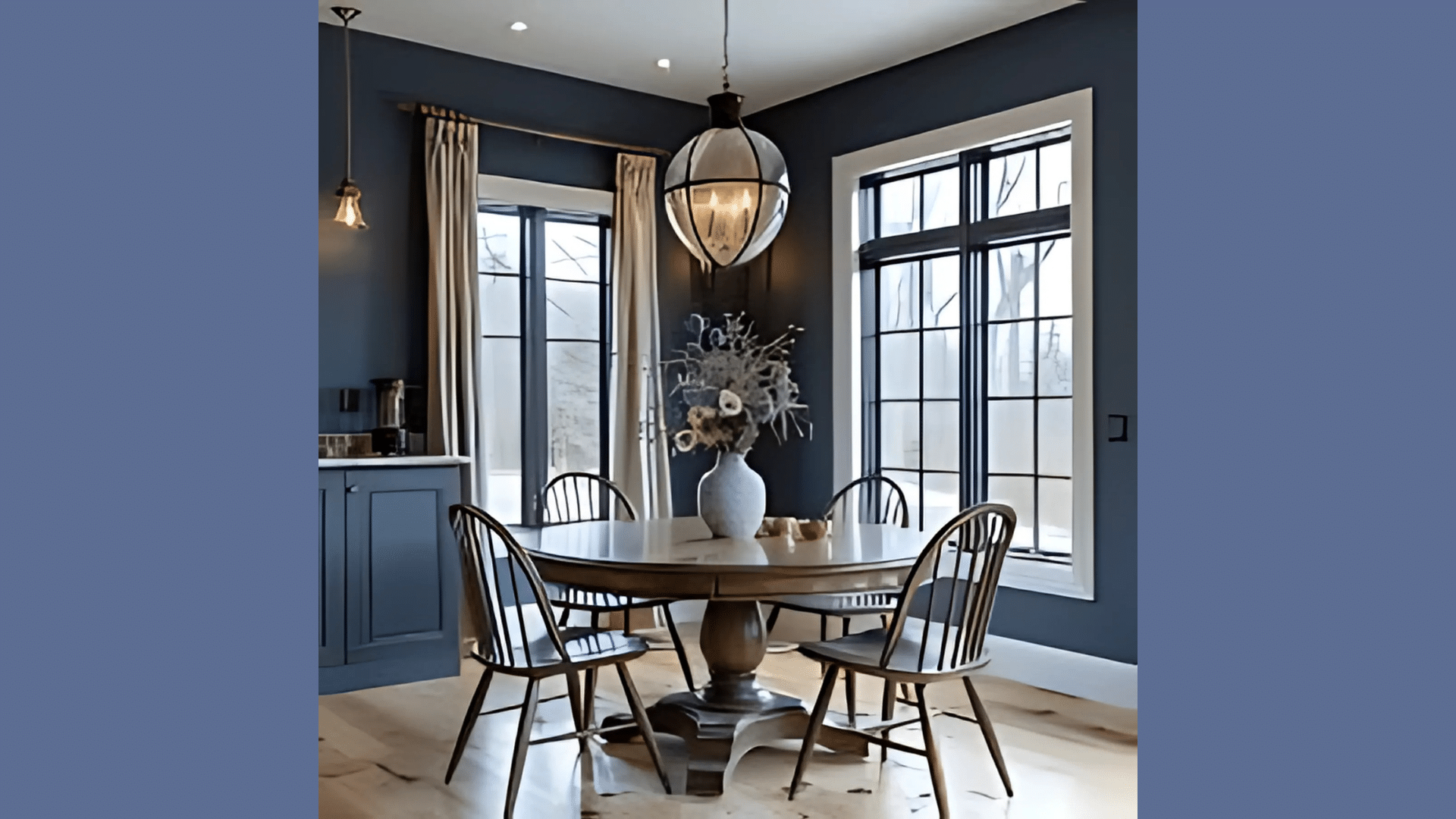
Ferret Brown shines in dining rooms, where it creates a warm, inviting feel. The subtle gray tones complement the wood tables perfectly while adding more interest than plain white walls. My dining room in this shade feels much more custom and thoughtful than it did with basic light walls.
In dining rooms with natural light, the color takes on a beautiful glow that changes throughout the day. Even in dining rooms without windows, it helps create a warm feeling when paired with good lighting.
Home Offices
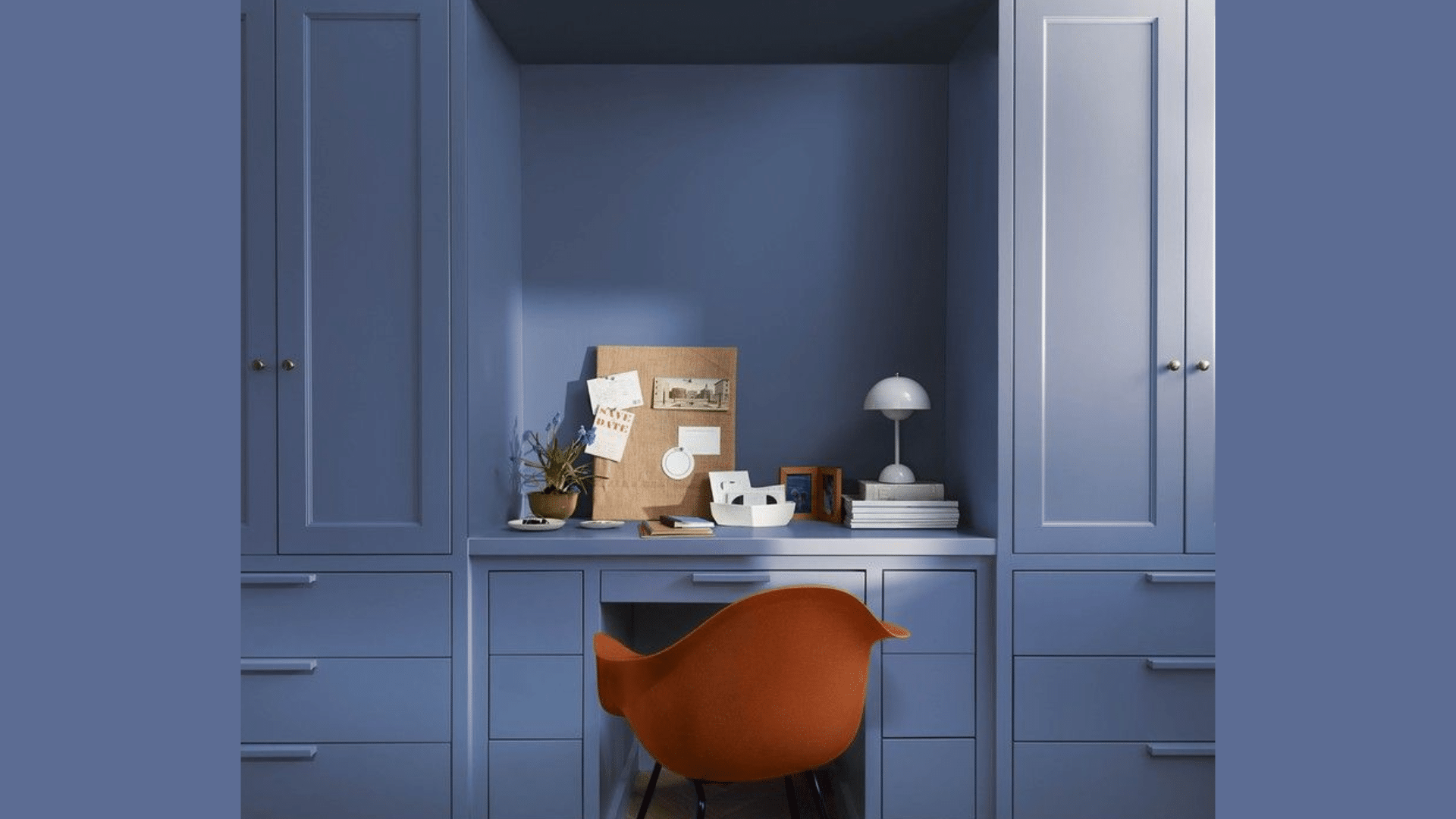
The color helps create focus without being distracting. The warm brown feels professional yet calming during work hours. I painted my home office in this shade and find it makes the perfect background for video calls while keeping me focused.
Ferret Brown is particularly effective in offices that need to feel warm and organized. The color seems to reduce visual stress and create a sense of comfort. I’ve noticed I feel more productive in my Ferret Brown office compared to my previous white workspace.
Kitchens
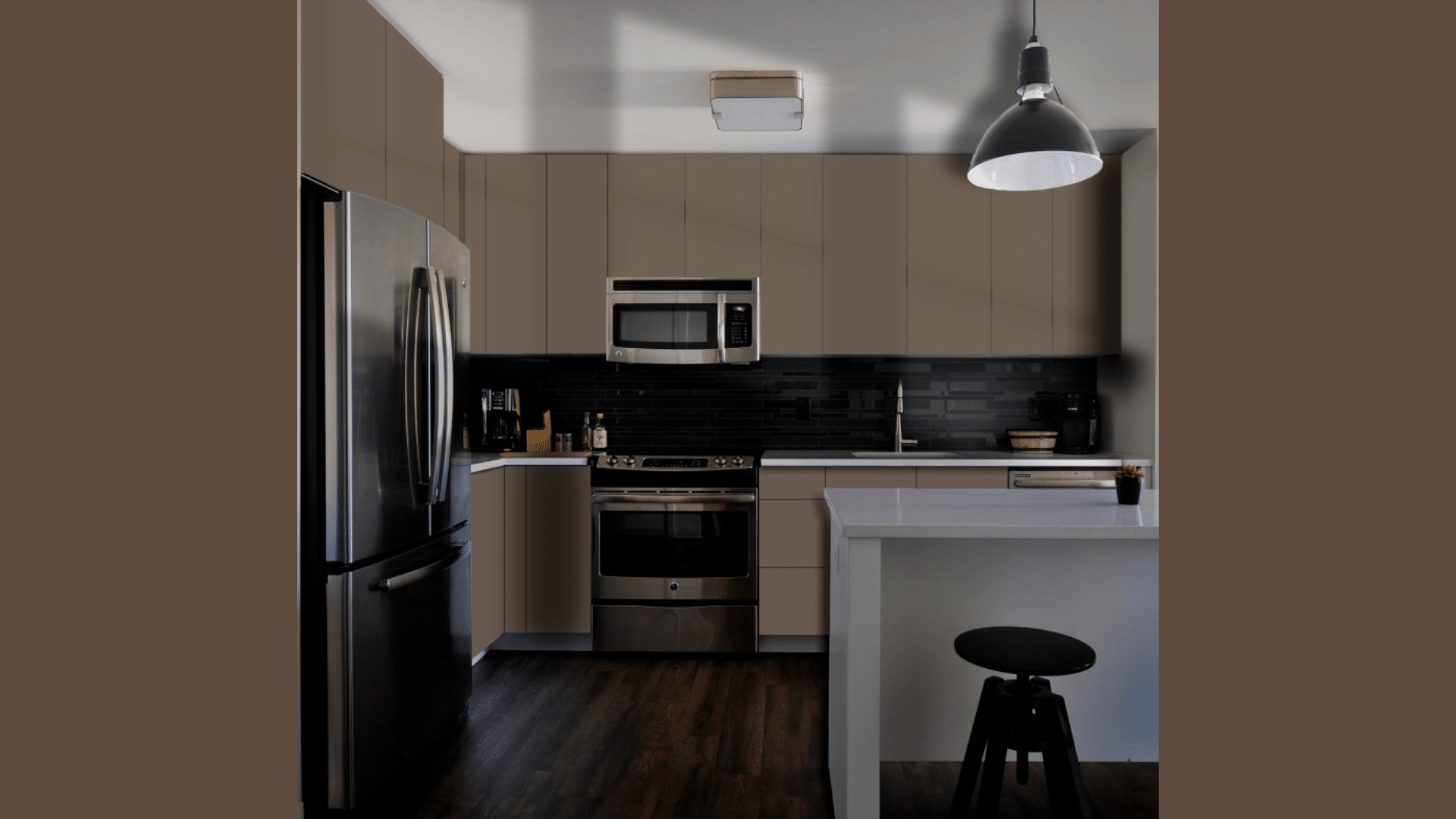
Ferret Brown adds subtle warmth to kitchens without competing with cabinets or backsplashes. It creates a welcoming feeling that still feels clean and bright. My friend painted her kitchen this color with white cabinets, creating a balanced look that still has character.
The color works well with both white and wood cabinets, making it very flexible for most kitchen styles. It adds just enough warmth to feel interesting without taking away from other kitchen elements.
What Colors Go Well with Ferret Brown?
Ferret Brown pairs well with many colors. Here are my top matches:
- Crisp white: It creates a clean, fresh contrast
- Sage green: Offers a natural companion that feels organic
- Soft cream: Complements the warm undertones beautifully
- Light wood tones: Add depth and balance to the warm brown
- Brushed nickel or copper: Metal finishes that enhance the warm tones
For my living room, I combined Ferret Brown walls with white trim and light wood furniture. The combination feels both warm and modern.
What Style Works Well with This Color?
Ferret Brown adapts to many design styles. In rustic homes, it brings in a subtle warmth that feels natural. For modern spaces, it creates a warm canvas that lets clean-lined furniture stand out. In farmhouse settings, it offers a fresh update while respecting classic elements.
Most impressively, Ferret Brown works well in contemporary homes by adding warmth to minimal furniture. My own home mixes modern items with more traditional ones, and this color creates the perfect subtle background for both. This flexibility makes it a smart choice if you like to change your decor or mix elements from different styles.
Is It a Warm or Cool Color?

Ferret Brown is definitely a warm color. The brown-gray undertones give it that warm, cozy feeling. I’d describe it as “softly warm” – not the kind that makes a room feel too dark or heavy.
The subtle gray aspects keep it from feeling too intense. This balance makes it work well year-round in most homes. Despite being warm, it doesn’t feel overwhelming or heavy like some browns can.
The medium value softens the warmth, making it more livable for everyday spaces. In rooms with lots of natural light, especially north-facing rooms, the warmth helps balance the coolness of the light throughout the day.
If you’re worried about a space feeling too warm, I’ve found that adding cool elements like blue accessories, glass accents, or silver fixtures creates the perfect balance. In my living room, the Ferret Brown walls look beautiful with my cream sofa and cool lighting from chrome fixtures.
Color Characteristics Table
| Characteristic | Ferret Brown | What This Means For Your Space |
|---|---|---|
| Temperature | Warm | Creates a cozy, welcoming atmosphere |
| Undertones | Brown-gray | Adds subtle warmth without being too intense |
| Light Reflectance Value | 8.75 | Medium tone that balances light and warmth |
| Seasonal Feel | Year-round | Works well in both winter and summer settings |
| North vs. South Rooms | Adaptable | Appears more brown in south-facing rooms, more gray in north-facing rooms |
How to Test This Color in Your Space?
- Buy a sample: Get a small container of Ferret Brown
- Paint a board: Use a 2×2 foot piece of white poster board
- Move it around: See how it looks in different locations at different times of day
- Live with it for 3 days: Your first impression might change
When I tested Ferret Brown, I was surprised by how different it looked from morning to evening. In my north-facing bedroom, it appeared more gray. In my south-facing living room, the brown aspects were more noticeable.
What Paint Finish Should You Choose?
- Flat: Good for ceilings or very smooth walls
- Matte: My top choice for most walls – the soft color looks warm without glare
- Eggshell: This works in kitchens and bathrooms where you need to clean walls
- Satin: Adds a slight sheen, could make the color look warmer than expected
- Semi-gloss: Too shiny for Ferret Brown walls, but works for trim and doors
I used matte in my bedroom and eggshell in my kitchen. The eggshell finish makes cleaning easier without adding too much shine that would change how the color looks.
Real Home Ideas Using Ferret Brown
- Full room: Ferret Brown on all walls creates a consistent, warm feeling
- Accent wall: Used on one wall with light walls for a hint of warmth
- Trim: Using it on trim with white walls creates a subtle, custom look
- Furniture: A bookcase or side table painted this shade adds a warm touch
- Exterior: Works beautifully as an exterior accent color with white siding
My sister painted all her dining room walls Ferret Brown with white trim, creating a custom look that feels both warm and fresh. It looks amazing and has inspired me to think about using it in more areas of my home.
Mistakes to Avoid
I’ve made some mistakes with this color. Learn from my experience:
- Using cool-toned lighting with Ferret Brown – Cold bulbs can make this color look flat. Stick with warm white bulbs (2700-3000K) to showcase its true warm beauty.
- Not testing in your actual space – This color changes with lighting conditions. I was surprised how different it looked in my north-facing bedroom versus my south-facing living room. Always test a large sample in your own space.
- Using too many dark accessories – This creates a room that feels too heavy. Mix in some light creams, whites, or silver accents for balance.
- Expecting it to look exactly like online photos – Every screen shows colors differently, and professional photos are often edited. The only way to know how it will look in your home is to test it yourself.
- Using it in very dark rooms without adding extra lighting – In rooms with minimal natural light, Ferret Brown can look too dark without proper lighting support.
Why People Like Ferret Brown?
Ferret Brown has become popular among many homeowners, and I understand why. Its soft warmth creates spaces with character while still feeling very livable. People like it because it’s not a typical brown—it has personality without being hard to use.
The color creates warm spaces that still feel fresh. It works with many decorating styles and doesn’t date quickly like bolder colors might. Whether in natural or artificial light, it maintains its character while shifting subtly throughout the day, keeping spaces interesting.
Conclusion
Ferret Brown creates spaces that feel both warm and balanced at the same time. After using this color in multiple rooms over several months, I’m still happy with my choice.
What makes it stand out is how it adds subtle warmth while remaining very flexible with different furniture and decor styles. It’s not a color that demands attention. Instead, it creates a backdrop that enhances your furniture and accessories.
This balanced presence explains why it remains popular season after season. In a world of stark whites and cool grays, Ferret Brown offers gentle warmth and flexibility. It works with traditional, modern, farmhouse, and everything in between.
Is it subtle? Definitely, but it creates beautiful, livable spaces that feel warm and personal—and that’s what truly matters in the end.
Frequently Asked Questions
Does Ferret Brown Work with White Cabinets?
Yes, it pairs wonderfully with white. The warm brown creates a nice contrast with the clean white without clashing.
Is Ferret Brown Too Dark for Small Rooms?
Not necessarily. When paired with good lighting and lighter furnishings, it can make small spaces feel cozy rather than cramped.
How Does It Compare to Other Medium Browns?
Ferret Brown is more balanced with its gray undertones, making it less intense than pure browns while being warmer than cool browns.
Will This Color Show Dirt More than Other Neutrals?
It actually hides dirt better than lighter shades. The medium tone helps mask minor smudges better than whites or creams would.
Can I Use Ferret Brown in An Open Floor Plan?
Absolutely. Its warm quality makes it perfect for open concepts, creating flow between spaces while still offering more personality than plain white.

